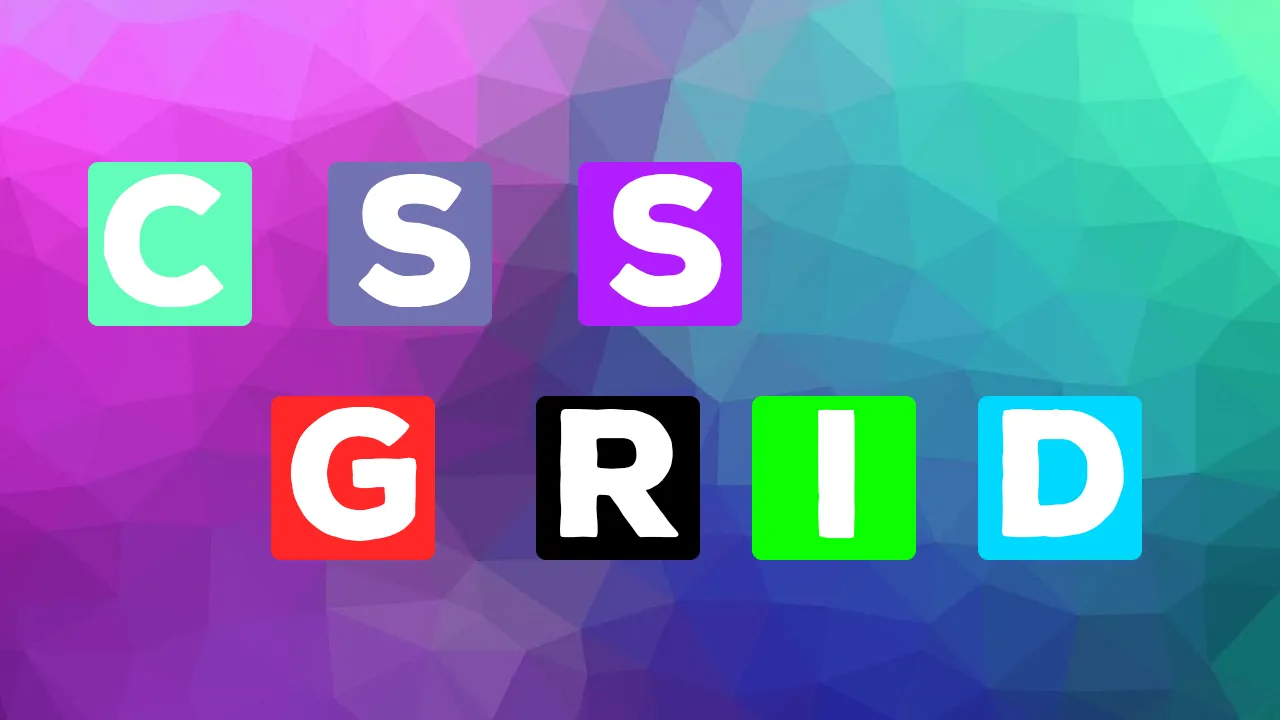One of the most challenging aspects of building webpages is managing layout. HTML and CSS offer several different methods to control layout. The layout options include using normal flow, floats, multi-column layout, flexbox, and CSS Grid. To allow for more complex layouts, CSS Grid aims to be a major step forward by giving developers more control over layout and arrangement of elements on a web page.
Great Learning Resources
There are several really good and helpful resources available to learn CSS Grid. Here’s a quick rundown of resources that helped me learning CSS Grid.
Visual Examples of Layouts
Interactive Grid Building tools
Fun and Games — to learn CSS Grid
Setting up the Grid
CSS Grid works by creating a grid container using the display: grid property. The immediate children of the grid container are called grid items.
An essential feature of using CSS Grid is setting up the columns and rows to be used in the grid. This is done with the grid-template-columns and grid-template-rows properties. There are many different ways to set up a grid.
Let’s say we want a grid with five columns. There’s a few ways to set this up. To build columns, we’ll use the grid-template-columns property. To create five columns it’s necessary to add five values, on for each column.
.container {
display: grid;
grid-template-columns: 20rem 100px auto 30% 25em;
}
As shown in the code sample, it’s possible to add sizes using different units of measurement, including px, em, rem, %, and auto. CSS Grid also introduces a new unit, fr, which means fractional unit. This is used by assigning size to the grid based on values entered and dividing up the remaining space based on a division of fractional units.
.container {
display: grid;
grid-template-columns: 15rem 1fr 2fr;
}
In the example above, 15rem is assigned and the remaining space is divided between the two columns, the 2nd column getting 1fr out of 3 units and the last column getting 2fr out of 3 units.
The same concepts for columns work for rows. Adding the grid-template-rows property allows for the explicit creation of grid rows.
.container {
display: grid;
grid-template-columns: 15rem 1fr 2fr;
grid-template-rows: 20rem 400px;
}
This addition establishes two explicit rows in the grid. The row sizes are defined by units. This code creates a grid that is 3 columns by 2 rows and creates 6 total grid cells. Now it’s time for content to flow into the grid.
<div class="container">
<h1>Title</h1>
<p>Lorem ipsum dolor sit amet consectetur adipisicing elit. Dolor, totam.</p>
<img src="sun.jpg" alt="Sun" />
<h4>Image subtitle</h4>
<p>Velit dolor unde explicabo illum ipsa temporibus, hic sed error.</p>
<div>Additional content</div>
</div>
The HTML above includes a <div class="container"> that is used as a grid container. The 6 elements that are the immediate children of the div are the grid items. Since there are only 6 items, each one will fit into the 6 grid cells defined in the CSS code above. If another grid item is added, however, this will now be a total of 7 children element. In this case, CSS Grid will automatically create a new row to include this element. The new row constitutes what is known as the implicit grid - automatically added to the grid, although not explicitly defined.
There are certain situations where a developer does not know exactly how many rows may be needed for a grid — in the case of repeating or auto-generated content, for example. In these situations, it’s possible to make use of the grid-auto-columns and the grid-auto-rows properties. These properties set a pre-determined size for implicitly created columns and rows.
#css-grid #grid-layout #layout #css
